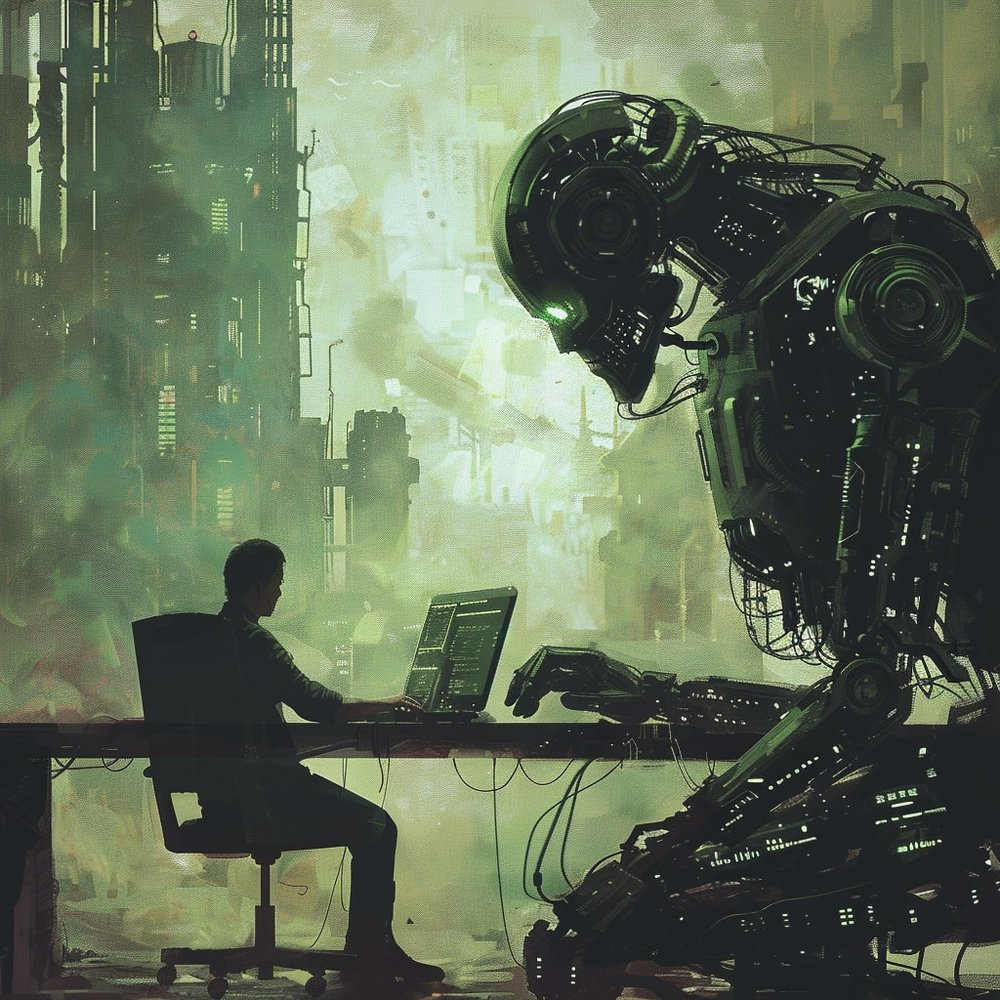Turing Test
Alan Turing developed the Turing test in 1950 as a way to test a machine's ability to exhibit intelligent behavior similar to that of a human. The test involves a human evaluator judging natural language conversations between a human and a machine designed to generate human-like responses, with the evaluator being aware that one of the participants is a machine. If the evaluator cannot reliably tell the machine from the human, the machine is said to have passed the test. The test results are based on how closely the machine's answers resemble those a human would give, rather than the accuracy of the answers themselves.


Alan Turing developed the Turing test in 1950 as a way to test a machine's ability to exhibit intelligent behavior similar to that of a human. The test involves a human evaluator judging natural language conversations between a human and a machine designed to generate human-like responses, with the evaluator being aware that one of the participants is a machine. If the evaluator cannot reliably tell the machine from the human, the machine is said to have passed the test. The test results are based on how closely the machine's answers resemble those a human would give, rather than the accuracy of the answers themselves.
















































